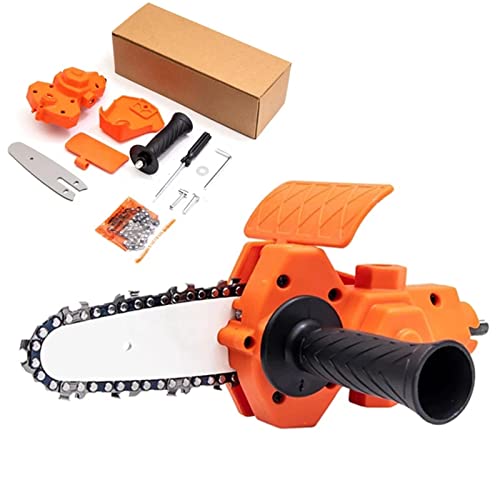Husky77
ArboristSite Operative
I was given a saw to look at, owner said chain wouldnt turn. Couldnt believe how tight the bar nose sprocket was. I said what you been cutting, hardwood blocks for firewood..... with a dull chain. It was so clogged with fine dust its a wonder the saw didnt blow up. After ten mins cleaning spraying and trying to get the sprocket to move I won. But never had a bar like it before or since, people just abuse tools























































